Ukraine, April 13, (V7N)- In Polokhivske it’s as if time has stood still. Only a handful of people live here, its houses are abandoned and decrepit, stubbled fields as far as the eye can see. Things are no different in neighboring Kopanki, where nearly every house has been abandoned. The few people who live here tell DW that only one child was born in the village in 2024.
People left Kopanki because there was no more work. These days, the bus only stops twice a week.
It’s pretty unlikely that US President Donald Trump has ever heard of Polokhivske or Kopanki. Nevertheless, the president is probably keenly interested in the villages — or more specifically, what lies beneath them. Here, in central Ukraine, lies the country’s largest lithium reserve.
US-Ukraine rare earths deal still up in the air
That lithium could be included in the US-Ukraine rare earths agreement that Donald Trump is so eager to sign. Initial attempts to nail down an agreement collapsed in February. Neither side has been able to agree to the deal in full so far. Now, Kyiv has deployed a negotiating team to Washington to keep talks going, said Ukrainian Deputy Prime Minister Yulia Svyrydenko on X.
It has been known since the 1970s that Ukraine has lithium reserves, but the deposit beneath Polokhivske and Kopanki is the only one to have been analyzed according to modern standards. All other exploration goes back to the days of the Soviet Union. Despite all that, lithium has never been mined in Ukraine.
In 2017, the Ukrainian mining company UkrLithiumMining was given permission to mine reserves at Polokhivske. According to the most recent 2018 and 2020 estimates, the deposit looks to contain some 40 million tons of lithium, making it the largest in all of Europe.
Speaking on Ukrainian television, UkrLithiumMining Director Mykhailo Heichenko said the first probes, some of which were more than 600 meters deep suggest that roughly 1.5 million tons of lithium ore could be mined annually for 20 years. The company has not gotten any further than that and locals from the municipality of Smoline say no work is underway in the area.
Community leaders are concerned about the lack of progress. Representatives on the local council began complaining that UkrLithiumMining’s approach was unsatisfactory back in 2023.
“The Smoline Municipal Council wants the company to intensify its work here. We have also asked the company to address social issues important to the community. But it hasn’t till now,” said Smoline Municipal Leader Mykola Masura.
An explanation posted on the company’s website in March said that the Polokhivske deposit belongs to the Ukrainian people but that the company had paid roughly €2.6 billion for the right to exploit it.
Worry over environmental impact
People from the area told DW that they hope mining will bring jobs. At the same time, some worry about the environmental impact of the project. “We aren’t against it,” said Tetyana from Kopanki, “but they have to make sure that we don’t end up stuck here with no water or roads, that they do something to build up our infrastructure. Of course, we’re hoping that all happens fast and that money starts flowing into the community.”
Smoline Municipal Leader Masura shares Tetyana’s concerns about water resources. “Recently, we learned that UkrLithiumMining plans to tap a bunch of wells of varying depths and use water from them for their operations. That would be a catastrophe, because it could mean that the wells of people living within a radius of several miles could simply dry up,” he says.
UkrLithiumMining addressed possible environmental impact from the project in a late 2024 announcement on its website, claiming the company had conducted a careful risk analysis. UkrLithiumMining also contacted DW shortly after this article was published on DW’s Ukrainian website. In an e-mail, the company said that water would be used solely for technical purposes and that this use would have “no impact on wells used within the community,” should operations commence at the Polokhivske deposit.
Responding to complaints that it is moving too slowly, UkrLithiumMining said: “In April 2024, the company completed a preliminary feasibility study — an important step toward developing the reserves. The next important step — a final feasibility study — is now being planned.”
First rare earths project to get underway?
To date, a total of four lithium reserves have been explored in Ukraine. Two of them are in areas currently occupied by Russia — the Kruta Balka deposit in Zaporizhzhia and the Shevchenko reserve in the Donetsk. Two more can also be found in central Ukraine — the one near Polokhivske and Kopanki, and another near Dobra. That last one is thought to be the most promising of all. According to Ukrainian geologist Bohdan Slobodjan, the Dobra reserve was mapped during Soviet times. He says it could be twice as large as the Polokhivske deposit, though no recent research has been published on the site.
In early March, the Financial Times newspaper reported that the Irish company TechMet was interested in the Dobra reserve and that it intends to offer a bid for a license to mine it. TechMet is partnered with US billionaire Ronald Lauder, a personal friend of President Trump. According to the FT, the Dobra project could be the first covered under a new rare earths treaty to get going — if an agreement can be signed. This, in turn, could spur action in Polokhivske.
END/MSS/RH/



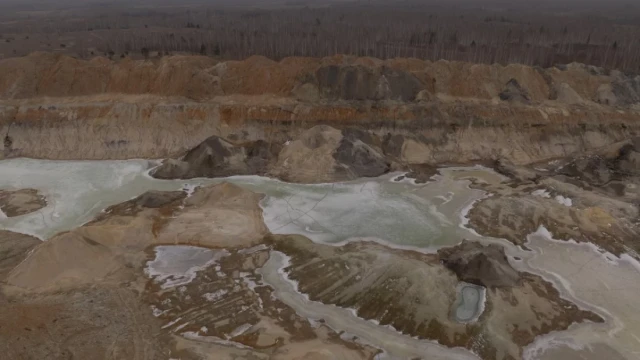
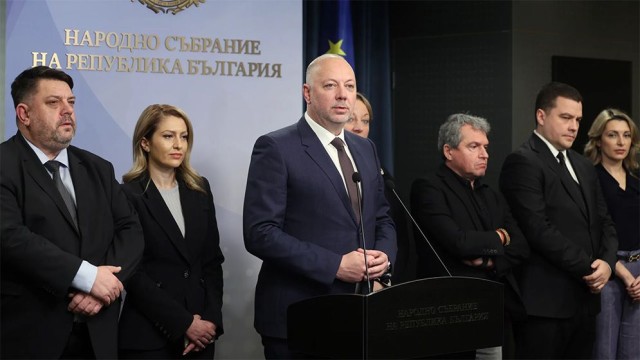
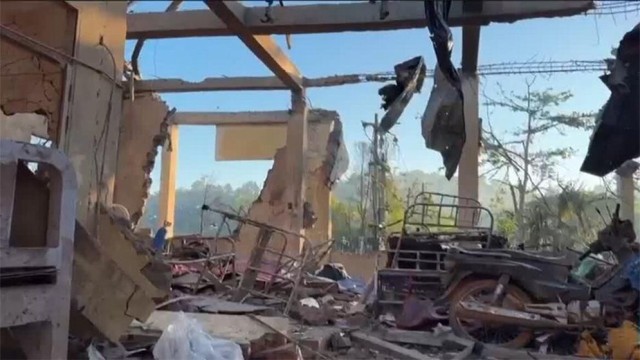
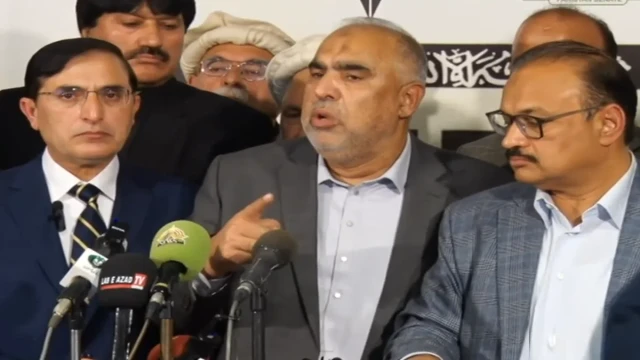
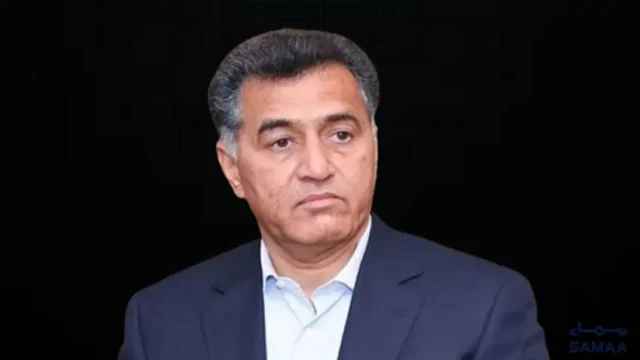






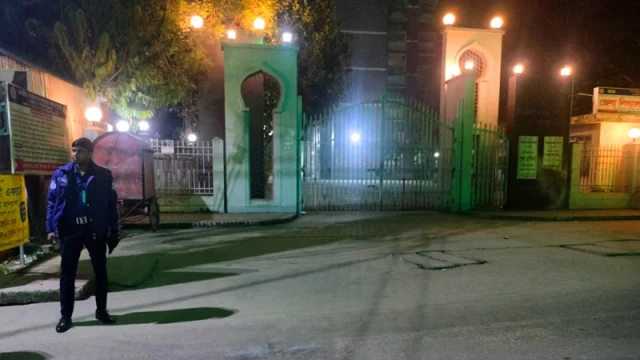







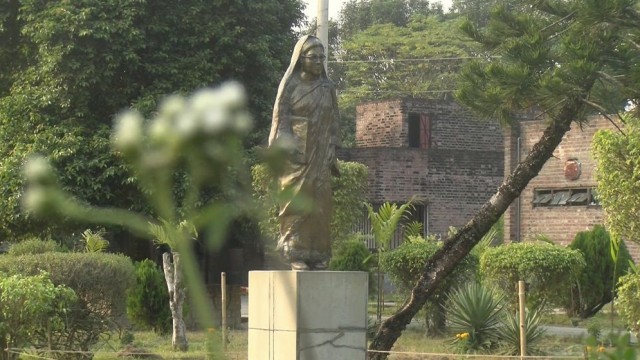




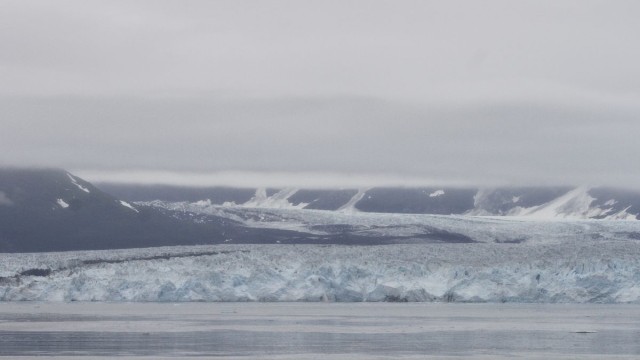
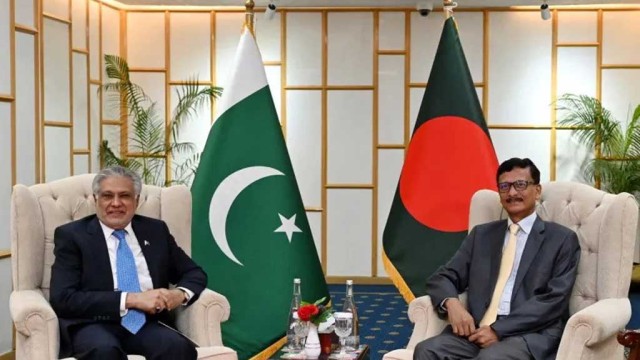

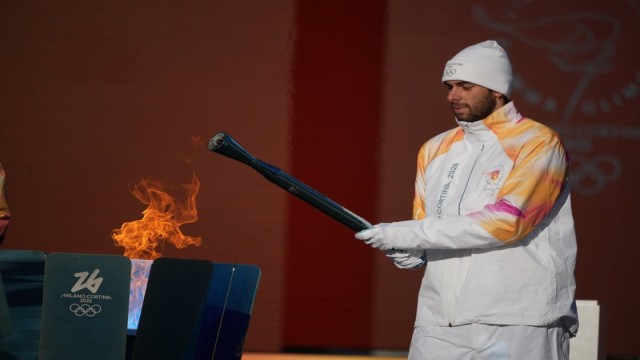
Comment: